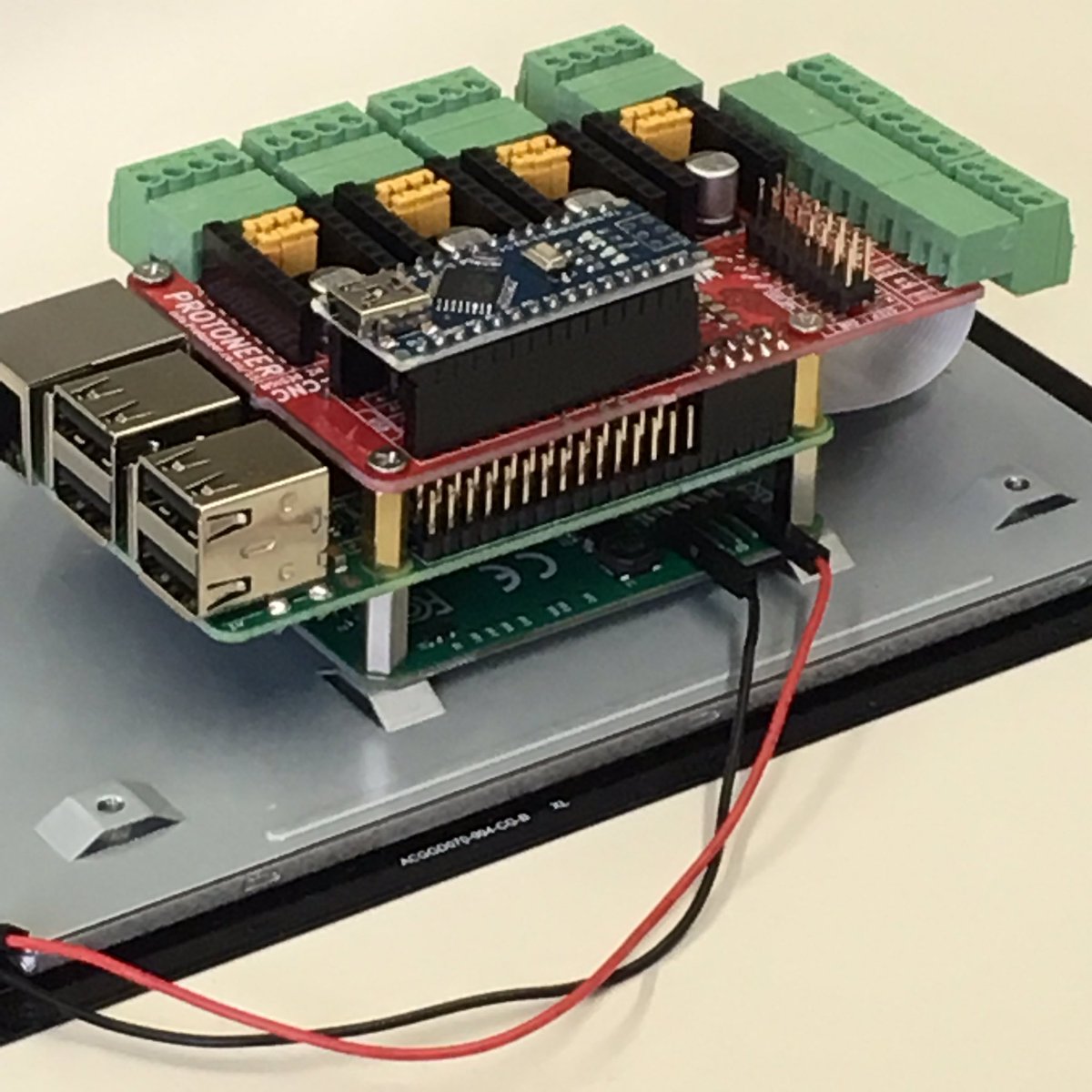

I can confirm that, I needed to print about two spools of ABS worth of braces and some threaded rod supports to make my A8 even print right. Posted in cnc hacks, Raspberry Pi Tagged cnc, raspberry pi, stepper, stepstick Post navigation We’ve seen attempts at creating all-in-one Linux stepper controllers in the past, but the fact that anyone with a Raspberry Pi 2 or 3 (the boards this software has currently been tested on) can get in on the action should really help spur along development.

Not only can you skip the control board, you could conceivably handle the machine’s user interface (either directly via a touch screen or over the network) on the same Pi. This method of direct control offers some very interesting possibilities for small, low-cost, CNC projects. These little modules connect up to a dedicated power supply and handle the considerable current draw of the steppers, all you need to do is provide them the number of steps and direction of travel. But you can wire it up directly to a stepper driver board. Of course, you can’t directly control a beefy stepper motor to the GPIO pins of a Pi. Called raspigcd, this software interprets a subset of G-Code to provide real-time control over connected steppers fast enough to drive a small CNC router. The only thing missing is the software to interpret the G-Code and command the steppers over GPIO, which thanks to, we now have.

Thanks to the Raspberry Pi (and similar boards), we now have Linux computers with plenty of GPIO pins. Historically this has been something of a necessary evil, as there was really no way to directly control stepper motors with a computer fast enough to be useful. This board takes commands from a computer, often in the form of G-Code, and interprets that into movement commands to the connected stepper motors. If you’re building a CNC router, laser cutter, or even 3D printer, you’ll usually be looking at a dedicated controller.


 0 kommentar(er)
0 kommentar(er)
